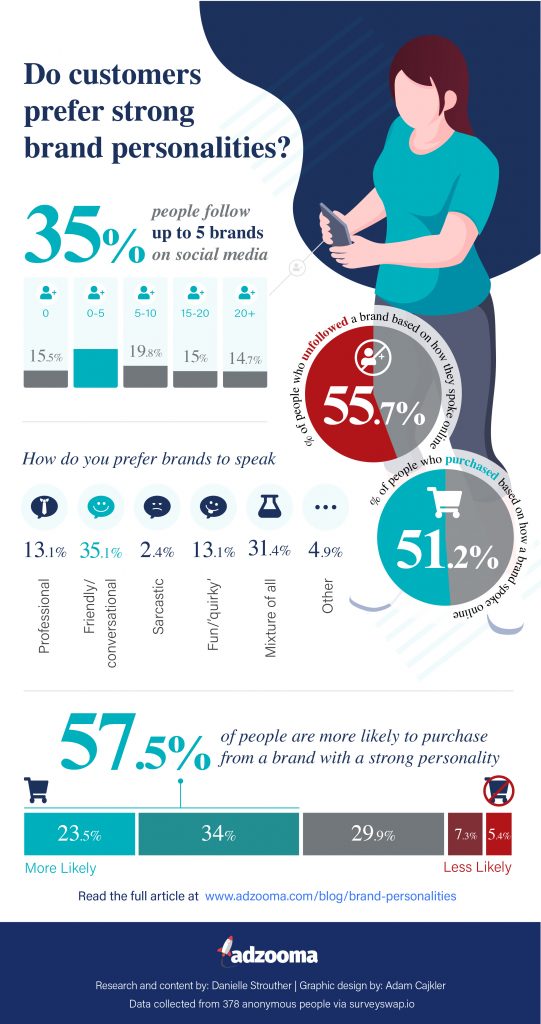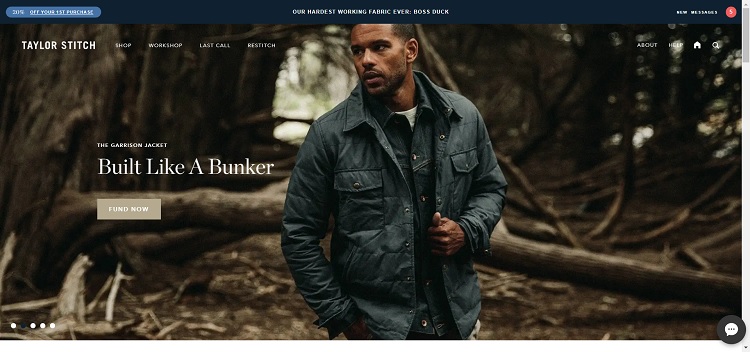
Key Ways You Can Show Your Clients You Appreciate Them
Many entrepreneurs focus on how to continually get more clients, and how to make the ones they have to spend more and buy more often. While this is an important part of business, it’s also wise to show your customers that they mean more to you than simply some better numbers on a spreadsheet or more cash in the bank.
If you want people and/or organizations to continue to spend money with your business, as well as to recommend your venture to others, it’s a good idea to show how much you appreciate your clientele. This doesn’t have to cost you a ton, either. There are plenty of ways to show customers you value their business without draining your bank account.
Get to Know Customers and Provide Thoughtful Touches

To make people feel special and appreciated, you need to know who they are and what’s important to them. Pay attention when your clients talk about their families, passions, hobbies, upcoming events, etc. Then, make an effort to show people you’re thinking of them by sending a note or gift or by making a phone call on special occasions. Get in touch on people’s birthdays or when they get married, have a child who graduates, or has some other key event happening.
Celebrate the successes of your clients, too. For instance, if you learn that a corporate customer has won an award or opened a new location, congratulate them, send a small gift, and show you notice them and the wins they’re having.
Also, send people quality business thank you cards at the end of the year to thank them for their patronage. Acknowledging that you couldn’t move your business forward without your customers makes people feel valued. You may want to add a gift to this Christmas expression of gratitude, too. Choose something relating to what your clients do in their spare time, such as a meal voucher at a happening restaurant for a foodie or tickets to a basketball game for a sports lover.
Another thoughtful touch is to remember the preferences of clients. For instance, make a note of what kind of coffee or tea people like and have it on hand when you meet with them or examine which types of products customers buy and let them know when you have something similar available.
Add Value
Another way to show clients you appreciate them is to add value to them. For example, if there’s an extra job you can do for someone that won’t take you long because of your experience, but that will save your client a whole lot of time, make the extra effort.
You can also introduce customers to other business contacts who might provide the additional services they require or who can otherwise help them achieve their goals. Plus, look for ways to help educate your customers, such as by sending out helpful updates or information about industry trends, new technologies or tools, upcoming events, or keyways clients might be able to save time or money.
Give People as Much Personal Attention as Possible
As a busy entrepreneur, your time is limited. However, to show your clients you appreciate them, do what you can to give them personal attention on a regular basis. This is particularly essential for your top clients who spend the most money with you each year and who have been the most loyal.
Make people feel safe knowing that they can reach you for information, advice, or other support when they really need it, rather than always being transferred to someone who is lower in rank and perhaps not as familiar with their purchase history, business setup, or needs.
Be a Good Communicator

Similarly, be a good communicator. Your clients won’t feel appreciated or happy if you take forever to respond to their questions or requests, hurry them off the phone or out the door, or say you’ll ring them back but don’t. It’s not nice for people to feel that they’re less important than other things on your list. They don’t want to have to chase you to get assistance, either.
Also, make an effort to get in touch with clients on a regular basis. Send an email or pick up the phone every few months to see how they are and if they need to buy more stock, hire your services again, or another type of assistance.
When you’re chatting with customers, remember that communication is a two-way street. Don’t just talk; also listen. Notice people’s body language and display active listening, repeating things back to people to be sure you truly understand what point they’re making or the information they need. This reduces the likelihood of miscommunication and makes people feel properly heard and appreciated.
To make your customers feel special, you’ll need to invest some time, energy, and possibly funds. However, doing this will reward you in spades in both the short and long term.





























